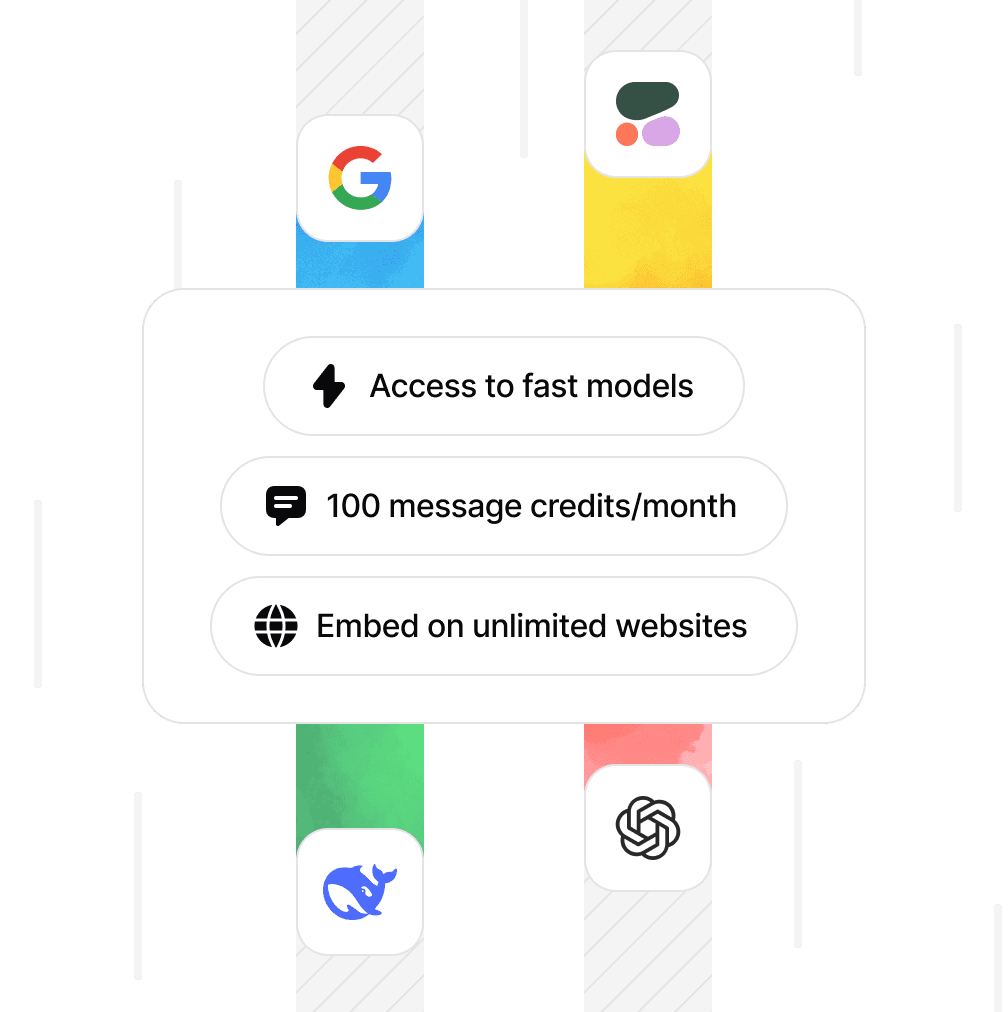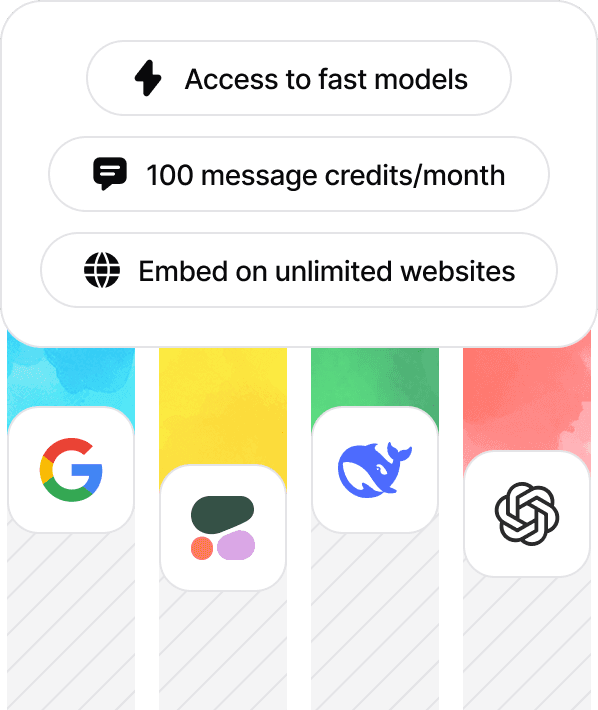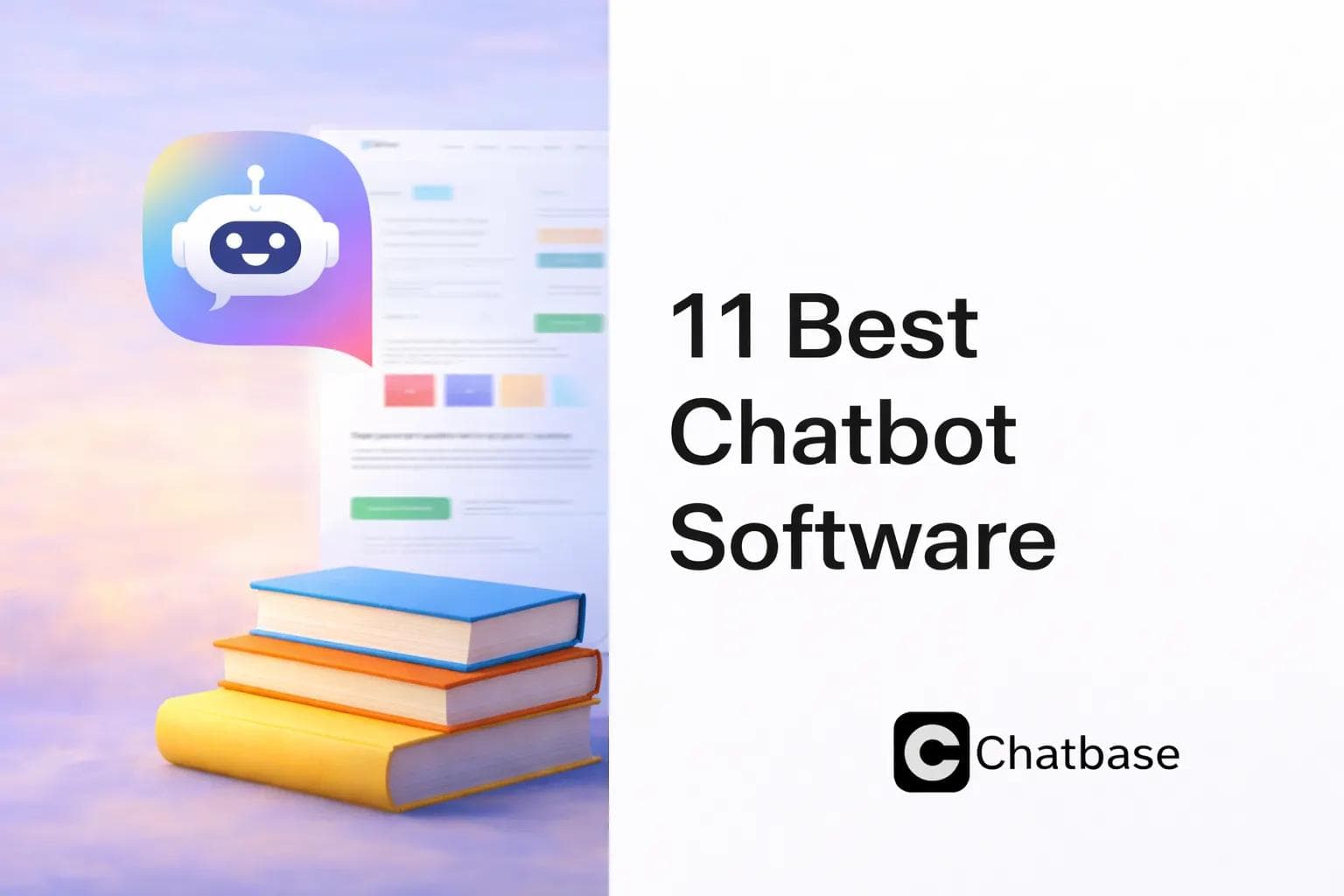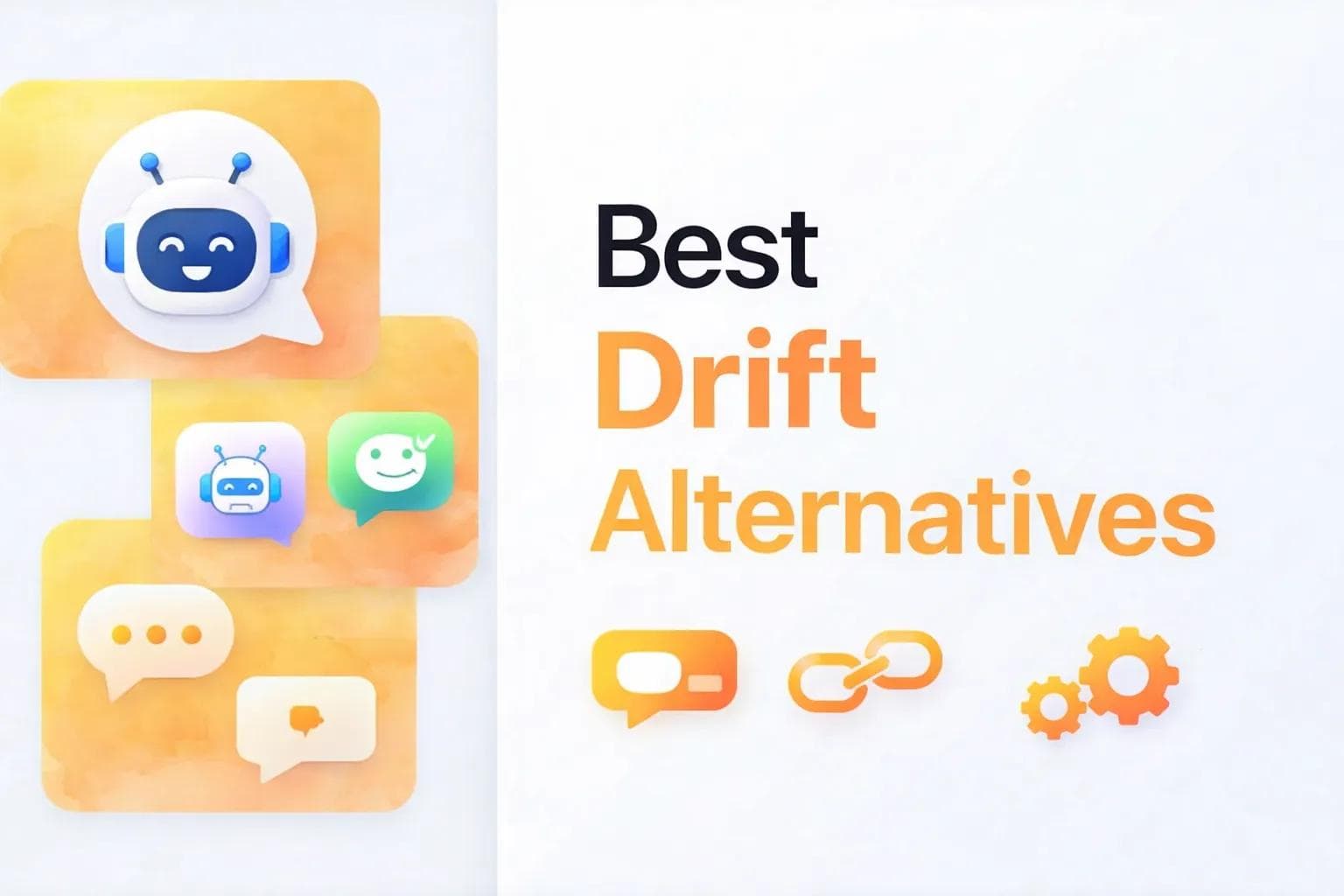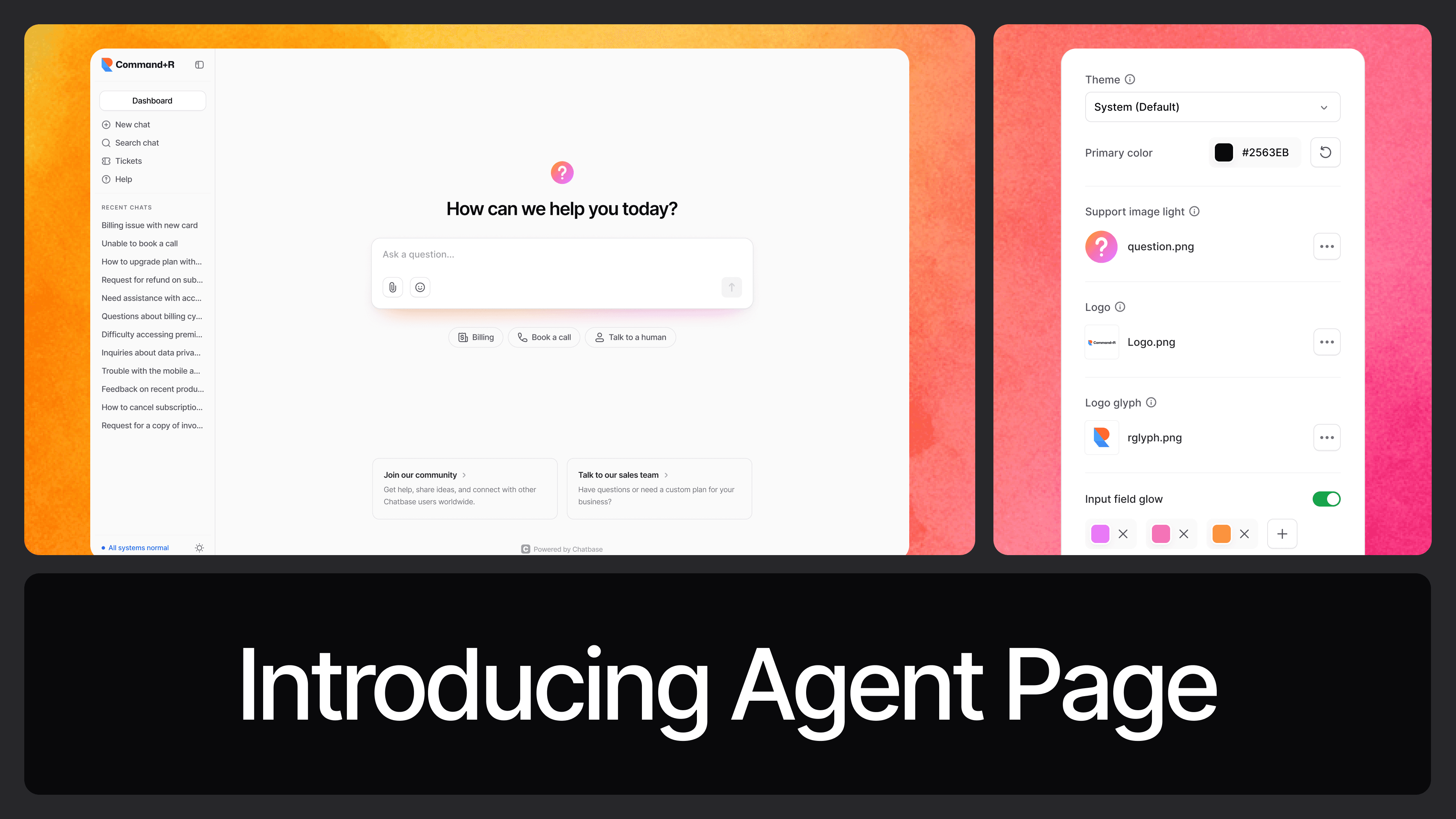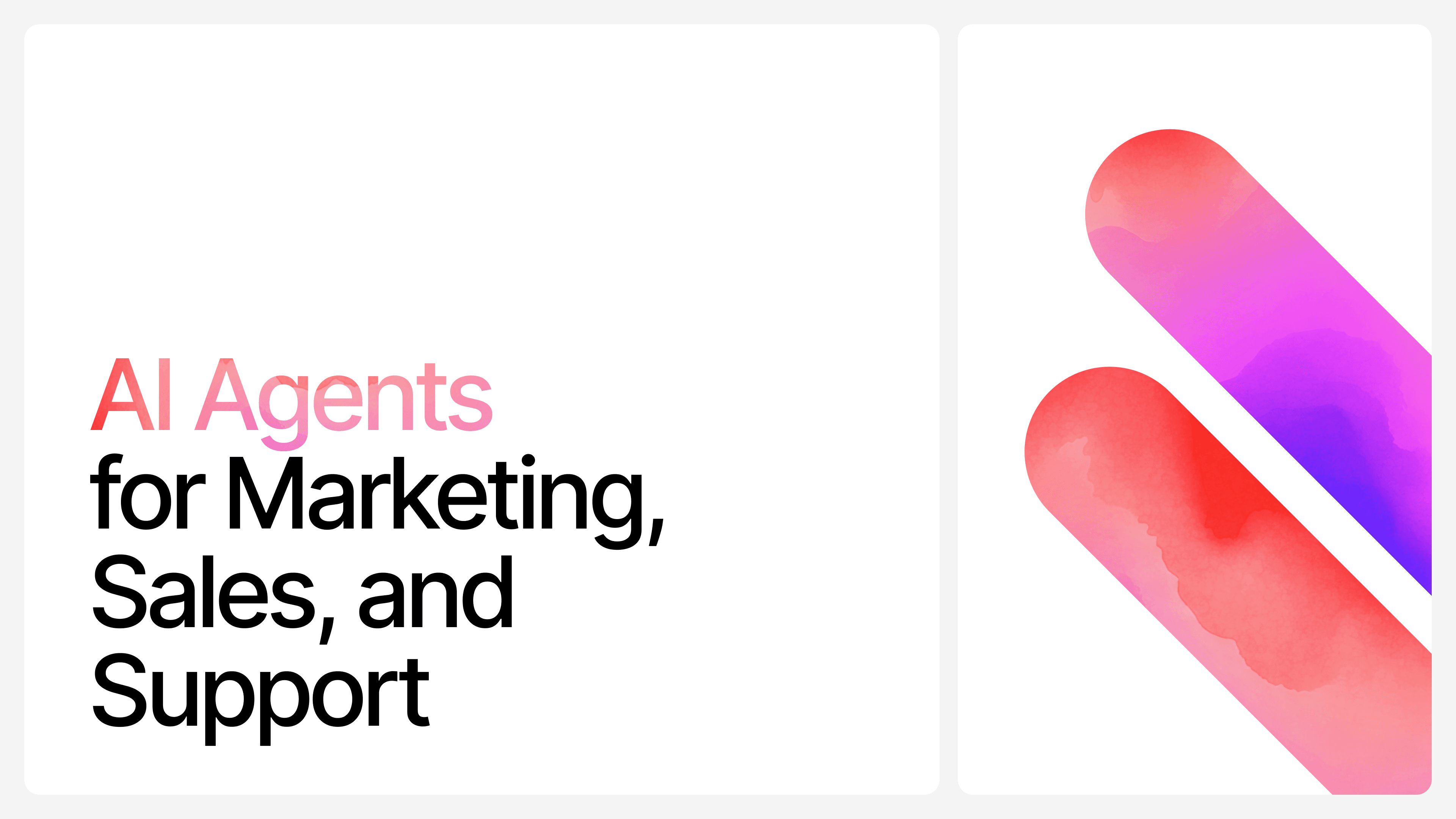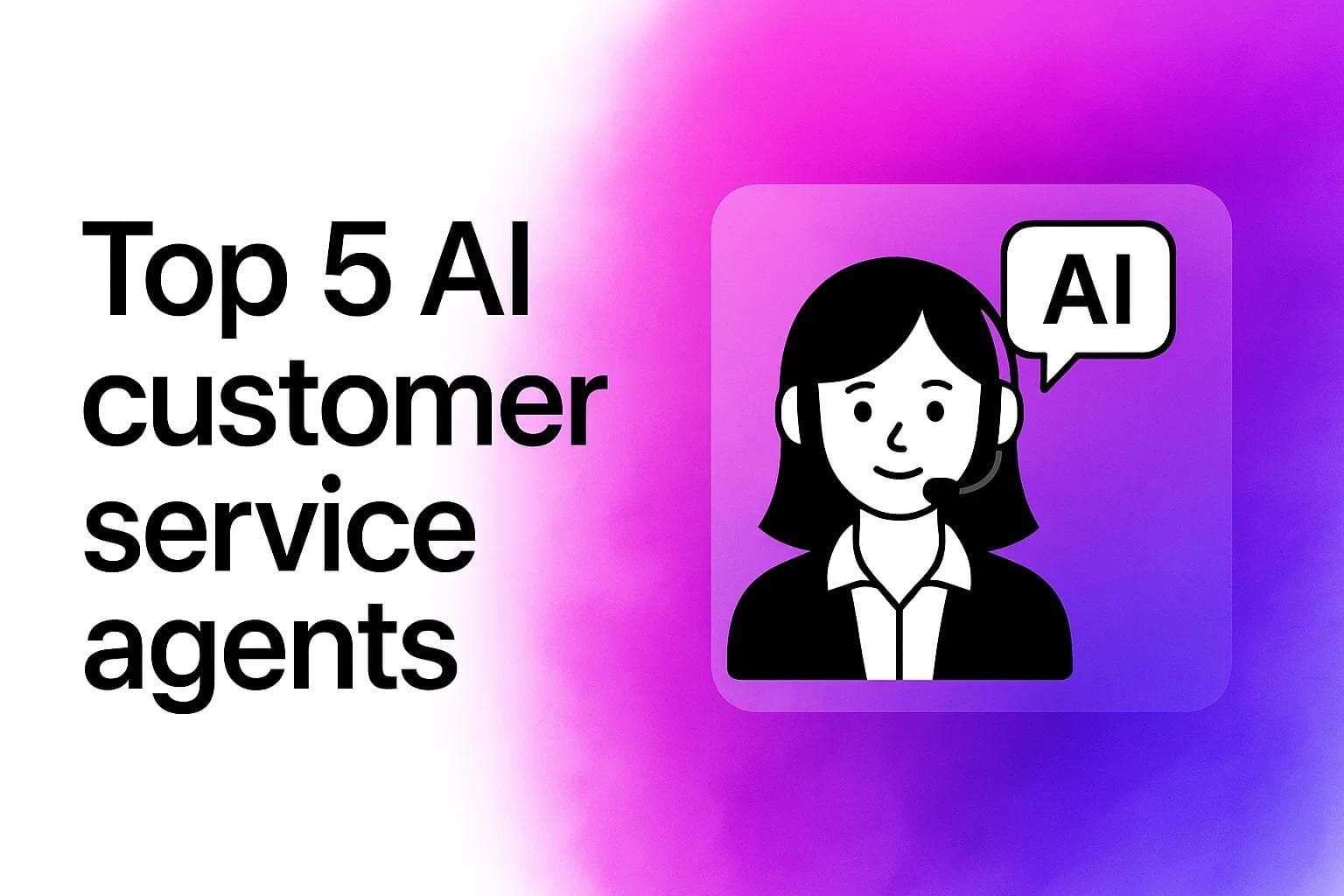AI Chatbots vs. Human Customer Service: Which Is Better?
Max T
Jul 1, 2024
12 min read
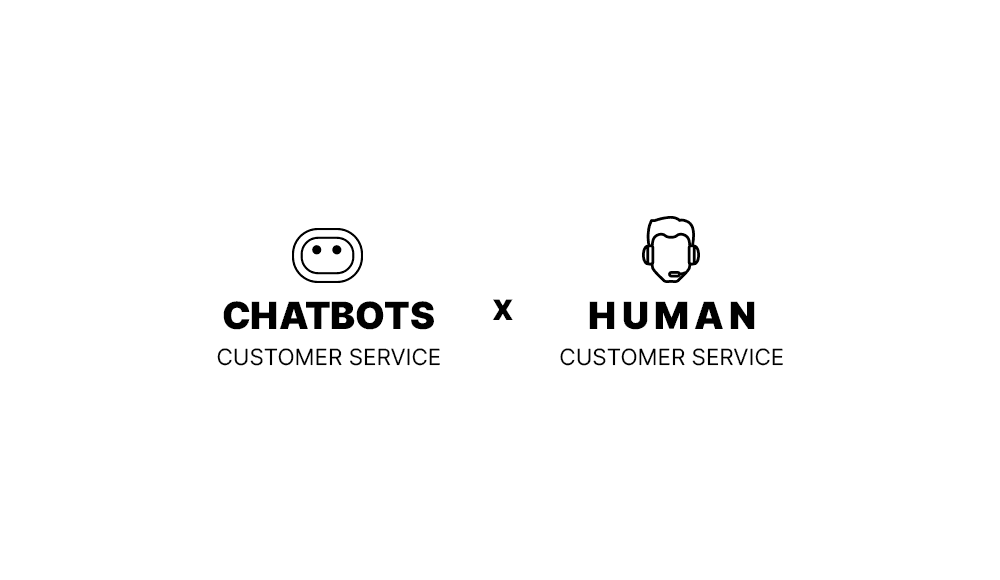
Customer service is at an interesting point these days. Companies are facing a real dilemma. They are caught between the allure of cost-effective, always-available virtual chatbots and the tried-and-true approach of human representatives. It's a constant battle of trying to figure out which option to lean on.
Which option truly delivers the best experience for today's consumer landscape? Do the conveniences and efficiencies of AI chatbots outweigh the human flair and emotional intelligence of human agents?
Or does the assurance of having a real person on the other end outweigh the advantages that AI chatbots have to offer, no matter how sophisticated the technology becomes?
To really understand what is best for your organization at a time when consumers are very sensitive to their experience with your business, let's compare and contrast AI chatbots and human representatives as primary customer support tools.
So, which is better? AI chatbots or human customer service?
AI Chatbots vs. Human Customer Service: 24/7 Availability
![[object Object]](/_next/image?url=https%3A%2F%2Fcdn.sanity.io%2Fimages%2Fi6kpkyc7%2Fprod-dataset%2Fa983b313e62759c6a3767aa2fb12378c3e351cf1-1920x1358.jpg&w=3840&q=75)
Availability is a very important metric for measuring the performance of your business's customer support. Are you always on? Or, are you on and off? Today's consumers expect to be able to access customer support whenever they run into a problem, whether it's in the middle of a busy workday, at night, or during holidays.
So, between AI chatbots and human customer support staff, which option can offer this always-on availability?
For this point, the answer is quite obvious. One of the standout advantages of AI customer chatbots is their ability to work tirelessly all day long. Unlike human agents where you have to factor in work breaks, rest, or sleep, chatbots can be programmed to be active round the clock. It doesn't matter what time you need them; at midnight, during weekends, during holidays, chatbots are almost certainly going to be live and ready to assist.
Sure, businesses can still ensure round-the-clock human customer support services, but the cost will be significantly more than usual. This will likely entail hiring two teams of customer support staff working 12-hour shifts or three teams working 8 hours. Of course, more staff means more operational costs. On the other end, a single AI chatbot can do the work of entire teams of customer support staff without flinching all day long.
If availability is a big priority for you, AI chatbots might be the way to go unless you are ready to bear the extra operational costs that come with hiring more staff for round-the-clock support.
AI Chatbots vs. Human Customer Service: Response Speed
![[object Object]](/_next/image?url=https%3A%2F%2Fcdn.sanity.io%2Fimages%2Fi6kpkyc7%2Fprod-dataset%2F672b7f3d2a01b68db45068628c45efe7f1cd3c0b-1280x968.jpg&w=3840&q=75)
Providing round-the-clock support is important, but that support is going to fall short of expectations if the response speed is abysmal. Just as customers would prefer round-the-clock support, they'd also prefer rapid response to their support requests. What's the point of having 24/7 support if the support request is going to drag on forever? Speed of resolving complaints is an important currency in customer support.
For human support agents, dealing with a backlog of requests can make things go rather slowly. Picture this; there are five customer support staff on duty with 30 pending support requests. This means each support staff gets allocated six support requests to resolve which automatically means there are around five people in the queue. Depending on how complex the support requests are, it could take hours to get the last customer on the queue. The result? Frustrated customers or potential customers who may lose interest in your product or service.
On the other hand, there is almost no waiting time when it comes to dealing with AI chatbots. Despite the need to analyze and understand customer queries, everything can be processed instantaneously. A customer needs help finding the best product for their unique case. Done in seconds! Need prices for certain goods? Done in seconds. Trying to process a purchase or trying to make up your mind about a particular product? AI chatbots can provide the customer support services you need to hundreds of customers simultaneously at breakneck speeds!
No one loves long cues, definitely not customers in today's fast-paced business environment. If response speed is an important criterion for your customer support dynamics, then setting up an AI chatbot to offer instant responses to customers can be an invaluable asset.
AI Chatbots vs. Human Customer Service: Multilingual Support
![[object Object]](/_next/image?url=https%3A%2F%2Fcdn.sanity.io%2Fimages%2Fi6kpkyc7%2Fprod-dataset%2F673b2beab3003dfa7dd7f79a61f0a7f107a22810-1280x827.jpg&w=3840&q=75)
When it comes to serving a global customer base, the ability to communicate in multiple languages is paramount. Businesses aiming to attract and retain customers from all over the world must be able to bridge the language divide effectively. This is where AI chatbots hold a distinct advantage over their human counterparts.
One of the standout features of modern AI customer chatbots is their multilingual capabilities. These virtual assistants can be programmed to offer support in a wide array of popular languages, including Arabic, French, Spanish, English, Hindi, Portuguese, and many more. With just a few lines of code, chatbots can seamlessly switch between languages, ensuring that every customer receives assistance in their preferred tongue.
In contrast, providing multilingual support with human agents can be a significant challenge. While some customer service representatives may be fluent in multiple languages, it's often impractical and costly to have dedicated staff for every language your global customer base speaks. This limitation can create barriers to communication, alienating potential customers and hampering your business's growth in international markets.
By leveraging the power of AI chatbots, businesses can effectively eliminate language barriers, opening the door to a truly global customer experience. Whether a customer in Paris needs assistance in French or a shopper in São Paulo requires support in Portuguese, these virtual assistants can effortlessly bridge the gap, making your brand accessible to audiences worldwide.
If catering to a diverse, multilingual customer base is a priority for your business, implementing an AI chatbot solution could be pivotal for fostering stronger connections with customers across borders.
AI Chatbots vs. Human Customer Service: Fueling the Sales Funnel
![[object Object]](/_next/image?url=https%3A%2F%2Fcdn.sanity.io%2Fimages%2Fi6kpkyc7%2Fprod-dataset%2F892f83940b45f6c22b1a381a7368721cf1b613ce-1500x1000.jpg&w=3840&q=75)
In the ever-competitive business landscape, the ability to generate leads and drive sales is a make-or-break factor for success. When it comes to this critical aspect, both virtual chatbots and human customer service agents bring unique strengths to the table – but one approach ultimately emerges as the more efficient choice.
At first glance, it may seem that both AI chatbots and human agents are equally capable of nurturing leads and facilitating sales. After all, both can engage with potential customers, ask qualifying questions, recommend products or services, and guide them through the purchasing process. However, a closer examination reveals a stark contrast in the speed and scalability of these approaches.
AI chatbots, powered by advanced automation capabilities, can execute these tasks at lightning speed. Within seconds, a virtual assistant can greet a customer, understand their needs, and provide tailored recommendations – a process that might take human agents considerably longer. This real-time responsiveness is crucial in today's fast-paced business environment, where even the slightest delay can mean the difference between a closed deal and a lost opportunity.
Moreover, chatbots can simultaneously handle hundreds, if not thousands, of customer interactions without compromising on quality or response times. This scalability is simply unattainable for human teams, no matter how well-trained or efficient they may be.
That said, it would be remiss to discount the unique value that human agents bring to the table. Their discernment abilities, coupled with a gentle touch, can sometimes nudge a lead toward a purchase in a way that an AI system might struggle to replicate. The human element can be invaluable in certain situations, particularly when dealing with complex or highly emotional customer interactions.
Nonetheless, when it comes to sheer efficiency and cost-effectiveness in fueling the sales funnel, the scales tip in favor of AI chatbots. By automating the initial stages of lead generation and nurturing, businesses can significantly reduce the manual labor required from human agents, freeing them up to focus on more intricate tasks that truly leverage their unique skill sets.
For companies seeking to build an efficient, high-performing sales funnel, the strategic implementation of AI chatbots can be a game-changer. By harnessing the power of automation while judiciously leveraging human expertise, businesses can strike the perfect balance between speed, scalability, and that all-important human touch.
AI Chatbots vs. Human Customer Service: Data Collection and Data Analysis
![[object Object]](/_next/image?url=https%3A%2F%2Fcdn.sanity.io%2Fimages%2Fi6kpkyc7%2Fprod-dataset%2F3b319fc1bf5a20ec1e3ab522fdfc6f4a7b59fa21-1280x523.jpg&w=3840&q=75)
When it comes to data collection and analysis, AI chatbots hold a distinct advantage over their human counterparts in customer service roles. Chatbots are not merely conversational interfaces; they are powerful data engines, that can meticulously gather and process information with speed and precision.
Unlike human agents, who may struggle to keep track of vast amounts of data and are susceptible to errors, chatbots can accurately capture and analyze user interactions with unwavering consistency. By recording every utterance and behavioral pattern, these AI-powered assistants can generate comprehensive analytics reports that provide invaluable insights into customer preferences and tendencies.
This wealth of data is invaluable to businesses seeking to personalize their product offerings and services, tailoring them to their customer base's unique needs and desires. While human agents may require substantial time and effort to collate and analyze data, chatbots can perform these tasks automatically and in real time, providing decision-makers with up-to-the-minute intelligence. In an era where data is king, the ability of virtual chatbots to serve as efficient data collection and analysis tools is a significant advantage over human customer support agents.
AI Chatbots vs. Human Customer Service: Operational Cost
![[object Object]](/_next/image?url=https%3A%2F%2Fcdn.sanity.io%2Fimages%2Fi6kpkyc7%2Fprod-dataset%2Ffedb6da362ea91bd430ec103e0666482c01231e9-1500x1000.jpg&w=3840&q=75)
One of the most tangible benefits of implementing virtual chatbots is the potential for substantial savings on staffing costs. Unlike human customer service representatives, who require dedicated teams working around the clock to ensure 24/7 availability, a single chatbot can seamlessly handle customer inquiries and support requests at any hour of the day or night. This eliminates the need for businesses to hire multiple shifts of human agents, resulting in significant cost reductions.
Moreover, chatbots can automate numerous routine tasks and processes that would otherwise require manual intervention from human staff. From answering frequently asked questions to guide customers through straightforward transactions, these virtual assistants can shoulder a considerable portion of the workload, alleviating the burden on human teams and reducing the associated staffing and training costs.
While investing in top-tier human talent is undoubtedly important, the training and development expenses associated with maintaining a high-performing customer service team can quickly add up. Chatbots, on the other hand, can be seamlessly updated and trained with new knowledge and capabilities, minimizing the need for extensive and costly training programs. They are relatively easy to build, either by your in-house team or an outsourced development team.
Perhaps most importantly, the cost savings realized through the implementation of chatbots are not a trade-off for quality. On the contrary, modern AI-powered chatbots are highly sophisticated, capable of understanding complex queries, providing personalized recommendations, and delivering a level of support that rivals – and in some cases, surpasses – that of human agents.
In your business where every penny counts, the ability to deliver exceptional customer service while optimizing operational costs can be a powerful differentiator. By harnessing the power of AI chatbots, businesses can achieve this delicate balance, ensuring that their customers receive the highest quality support while simultaneously safeguarding their bottom line and positioning themselves for long-term success.
Humans and AI Chatbots Can Work Together In Customer Service
So, virtual chatbots vs. human customer service: which is better?
Rather than viewing chatbots and human agents as competing forces, forward-thinking organizations are embracing a paradigm where these two elements work in tandem, complementing each other's capabilities to create a seamless, omnichannel support experience.
By leveraging the round-the-clock availability and lightning-fast response times of virtual assistants, businesses can ensure that no customer inquiry goes unanswered, even when human teams are offline.
Moreover, the strategic deployment of chatbots can alleviate the burden on human representatives, allowing them to focus their time and energy on tasks that truly leverage their unique skills and expertise.
While chatbots handle routine inquiries and transactions with unparalleled efficiency, human agents can step in to provide that invaluable human touch – whether it's navigating complex scenarios, offering empathy and emotional intelligence, or delivering personalized guidance that AI systems may struggle to replicate.
This collaborative approach also unlocks new avenues for enhancing the customer journey. Chatbots can seamlessly collect and analyze customer data, providing human agents with valuable insights into preferences, pain points, and areas for improvement. Armed with this intelligence, customer service representatives can tailor their interactions, offerings, and follow-up actions to deliver truly personalized experiences that resonate with each individual customer.
Furthermore, the integration of chatbots and human teams introduces a powerful feedback loop. While chatbots rely on human expertise and oversight to function optimally, their performance data and customer interactions can inform the continuous training and refinement of these AI systems, fostering a virtuous cycle of improvement and adaptation.
In this era of heightened customer expectations, the question is no longer whether to choose between AI-powered chatbots or human customer service representatives. Rather, the true competitive advantage lies in embracing a harmonious fusion of these two elements, leveraging their respective strengths to create a customer experience that is seamless, personalized, and consistently exceptional.
Why not begin your journey of building a customer service chatbot for your business? Using Chatbase, you can build powerful AI chatbots that provide your business the opportunity to fuse both human and AI chatbot strengths within your customer service environment. Chatbase offers many intriguing features and tools that can take your business to the next level.
Powered by cutting-edge AI models, Chatbase also provides robust security, global language support, multi-channel support, scalability, 24/7 availability, and more.
Start a free trial with Chatbase and start building your AI-powered customer service chatbot today.
Share this article:
